How to save an aerial plant
These peculiar aerial plants or also called tillandsias are known to have the easiest care of all indoor plants. They are not demanding at all. As a main rule, you just have to ensure that they receive a lot of light, always watching that it is indirect. They are also grateful that we give them an extra supply of water, since with the ambient humidity in the interiors it is usually not enough, especially if your climate is continental.
But let's be clear, if you're here it's probably because you have doubts like, "Why is my air plant dying?" or you just want to know if your tillandsia plant is healthy or not. Before we continue reading we want to show you how resistant they can be and why we should not underestimate the power of a dying air plant. Although it seems that these two specimens are in their last days, they have begun to have children. 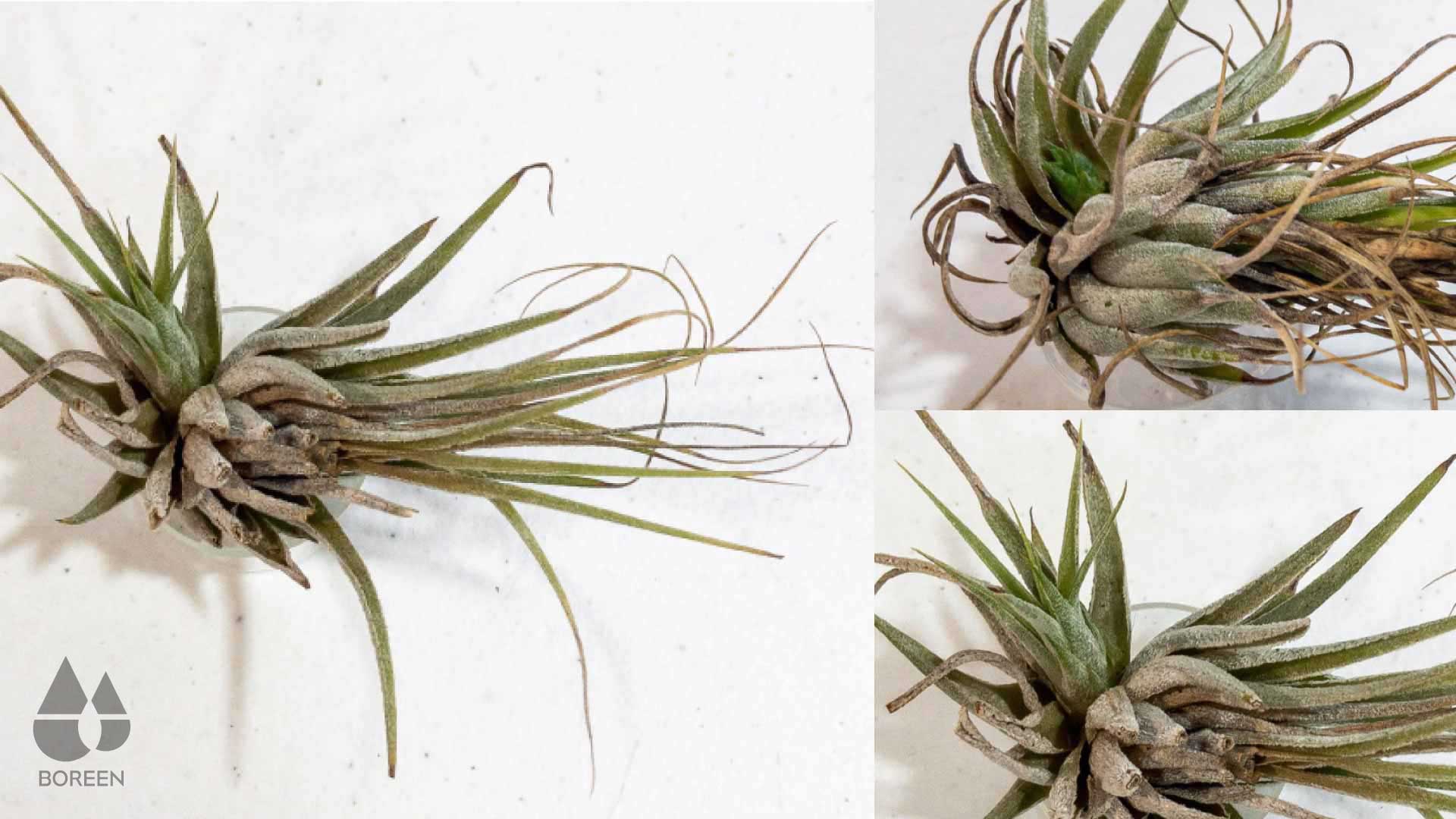
Excess light
It is true that they need abundant light but that does not mean that they have to be in full sun, moreover, this harms them a lot. In their natural habitat they live under the tops of trees, so it is understandable that they are not adapted to receive full and direct sunlight.
Although plants such as YUKI or XER are a little more resistant to the sun due to the grayish and whitish tone of their leaves and the abundance of trichomes, they live much better under soft and indirect light. It would be ideal that the light they receive is filtered by a thin curtain or in case of having it outdoors, make sure that the direct sunlight does not affect their leaves.
Surely, after having exposed your tillandsia to the sun, you will see small brown or white spots that in some cases extend along the entire leaf. Is there a treatment for these burns? Unfortunately the answer is no, but if most of the plant is healthy you still have the opportunity to save it. To do this you must follow these simple guidelines:
1.- Remove it from the place where it was. If they don't like a location they will let you know, in this case some of their leaves will be burned. Therefore, we will look for a new location for our air plant, with indirect light and a little ventilation.
2. - Hydrate it. You may have lost a lot of water from being exposed to the sun, so we will perform the deepest hydration. To do this, we will immerse it in fresh water throughout the night. After having done this bath it is important that it dries well, so we recommend having it for a while on its stomach to avoid the accumulation of water between its leaves. It is important that it is well ventilated so that all the water that the plant does not need evaporates.
NOTE: In general all plants are more vulnerable to burns when their leaves are wet (including tillandsias) so we have to pay special attention not to leave it ventilating in a place where it receives direct sun.
3. - Put it on. This step is not really necessary, but for an aesthetic issue, you can trim the leaves with burns. Keep in mind that if the plant has not shed the burned leaf, it may still be using it to absorb nutrients. Try to prune only those leaves that have more burned surface than alive. Remember that if we can it is for a purely aesthetic issue so we will try not to prune it excessively.
Lack of light
Without light you will have no energy to grow. The new leaves that try to grow will be longer and thinner as they will try to look for the light. You will also be able to appreciate that the lower leaves begin to dry. This is not a symptom of dehydration although it may seem so, it is because it tries to use all the energy it has to grow.
Remember that plants need light to be able to photosynthesize and feed. Therefore, if we see that very thin leaves grow or their lower leaves dry out more than usual, it may be that it lacks light. If this is your case, consider yourself lucky!! Find a brighter place and place it there. By doing so you will see that the plant will grow back normally and if we add to this a good hydration and ventilation it will surely bloom.
Water, the source of life, is the essential element for every living being. Water, with plants, plays a fundamental role. It depends on whether the plant lives or dies. Both excess and lack of water can be lethal to air plants.
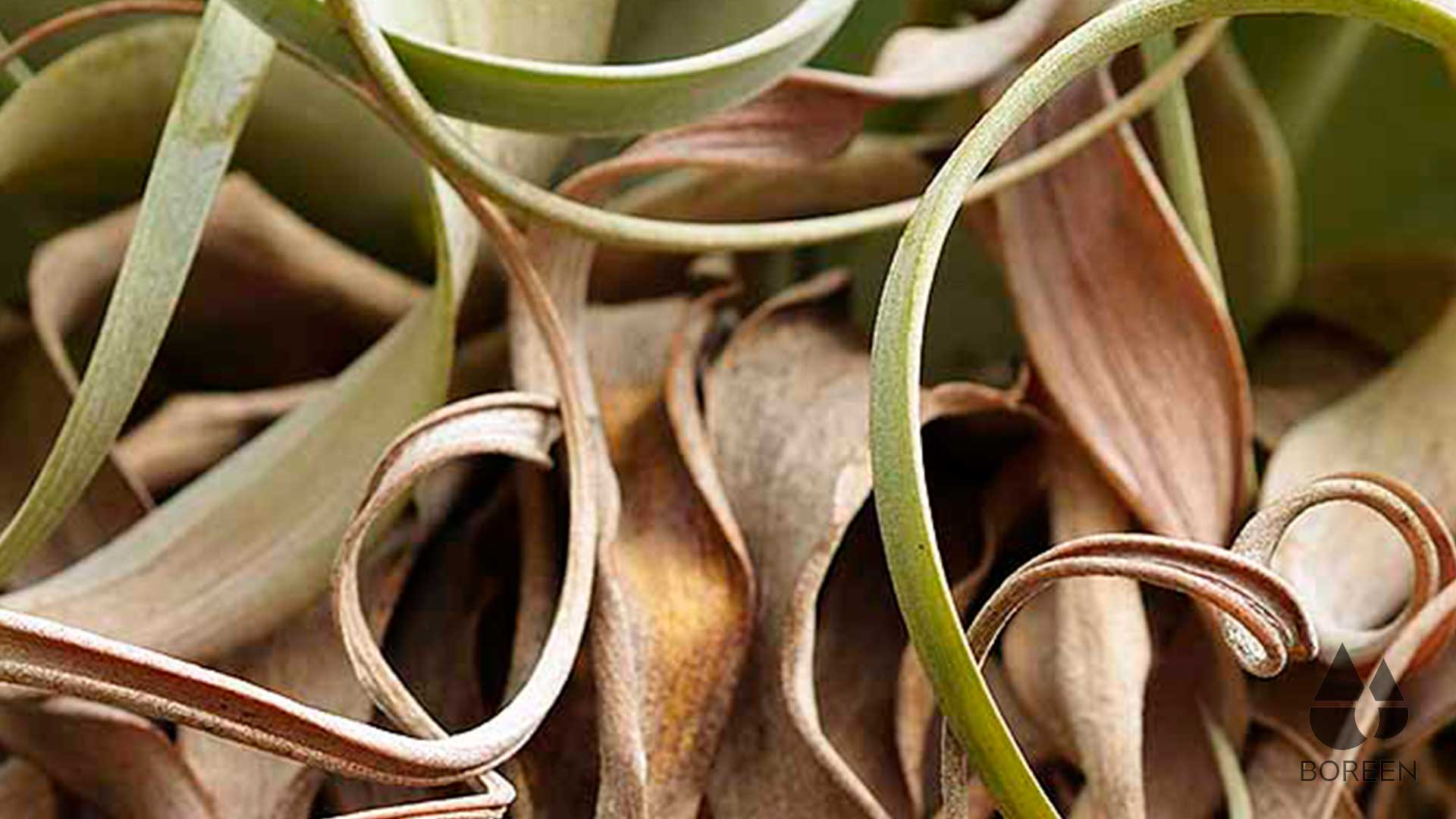
Excess water
We have always heard that better than about not missing. Well, the truth is that this saying cannot be applied with aerial plants. Rather it is invested, since it is better that they lack water than not over.
As bad as it can tell you this, it is possible that if you are reading this article it is too late for your plant. If you see that the plant begins to darken and become soft, it is probably because it has begun to rot. This is usually caused by having left it wet for many hours. Therefore, excess water combined with poor ventilation is lethal as it rots the core of the plant and makes it irrecoverable.
To avoid this problem, we must ensure that our plant always has a good flow of air, and above all that it does not stay wet for a long time. Always keep this in mind because there is no treatment once the plant has softened.
Lack of water
In case your plant lacks moisture, to minimize its water consumption it will begin to curl from the tips and thus reduce the area in contact with air and light, two factors that cause it to dry. Apart from the curls on the leaves, we will also see that some leaves dry out. The tillandsias discard some leaves and feed on the humidity of these to withstand times of drought.
The good news is that it has easy treatment, you simply have to bathe our plant in fresh water for a whole night, at intervals of 1 - 2 times a week. It is very important that when removing it from the bathroom it dries well (if we do not want to end up in the previous section). We recommend putting it upside down on a dry cloth so that it drains and avoids the accumulation of water inside and, in turn, has good ventilation to allow the evaporation of moisture that tillandsia does not need. We will always avoid direct sun, a factor that would dry it out too much.
Within "the lack of water" there are milder cases. These can be caused by a lack of environmental humidity., in which you can see how the tips of the leaves begin to dry very slowly. For this you just have to try regular sprays to the seedling. If you already spray it regularly, simply increase the amount slightly or spray it more often. 
Do air plants suffer from pests?
Yes, unfortunately there is always a bug around the corner to kill our plants. Tillandsias are able to repel many pests because their leaves are very different from those of ordinary plants. They only have one important predator: the spider mite. If you see a thin cloth between the leaves and small red dots moving around the plant it means it is infected.
How to eliminate spider mite? Although it seems strange, you have to use potassium soap, a product we use as a stain remover, available at a very affordable price in most supermarkets and drugstores. It should be mixed with water and sprayed directly on the plant for a few days until we see that the problem has been eradicated. Normally, indoors you will not have any problems with this pest, but for people who want to have this plant outside and live near the field this can become a problem.
If you think something is wrong with your tillandsia you can contact us by email or WhatsApp at 693 23 42 55 and we will help you know what is happening to you.
Did you find this article interesting? We'd love to hear from you. Below you can leave us a comment and tell us if you would like us to do more articles like this. It would also help if you could tell us if there are any topics you would like us to talk about in future articles.


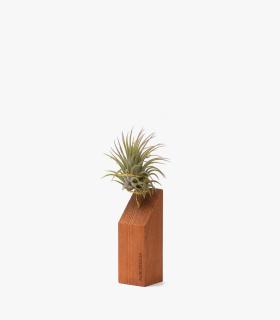


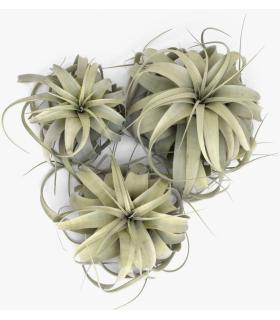



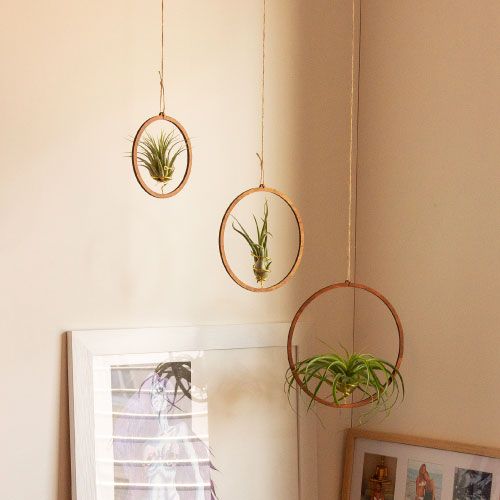
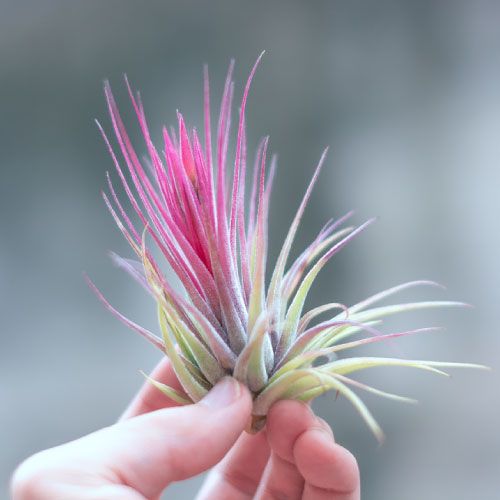
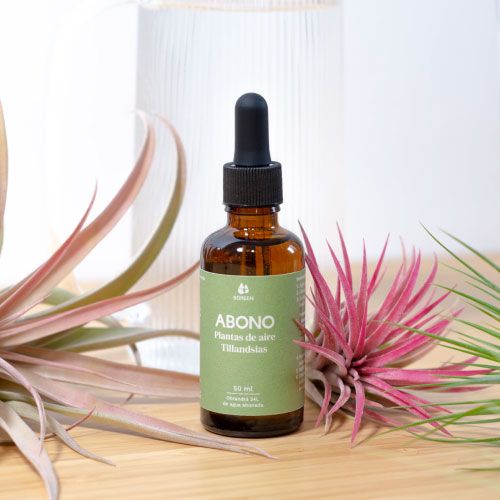
Mo**** 09/02/2021 Reply
Muchas gracias, súper interesante vuestro artículo.